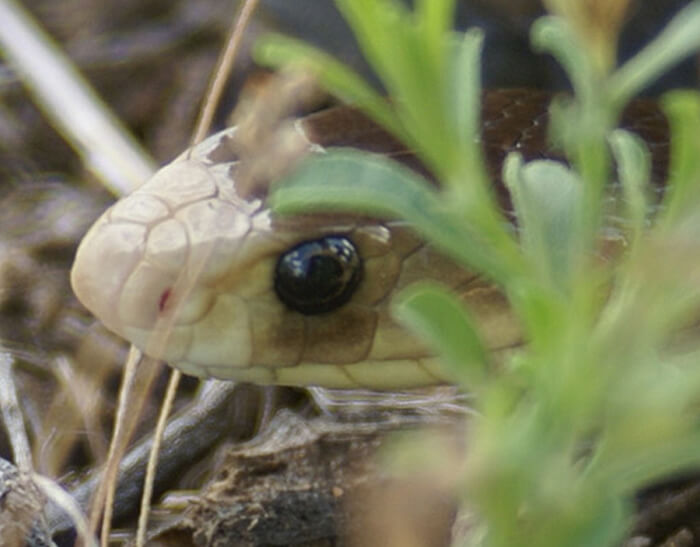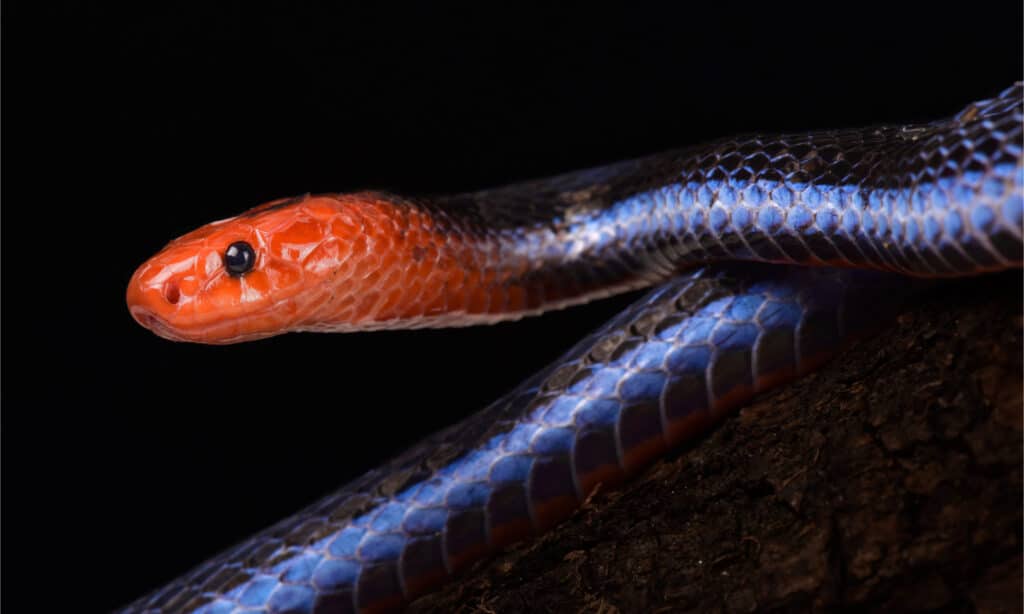Introduction
Australia, a land of diverse wildlife, is home to many remarkable animals, including serpents that can inspire both wonder and concern. Among these snakes is the tiger serpent, known for its striking appearance and reputation as a venomous predator. Consequently, one inquiry often develops: Are tiger snakes venomous? This article will certainly explore the myths and facts bordering tiger snakes, their environment, habits, clinical effects of their bites, and much more.
Are Tiger Snakes Venomous?
When it pertains to the question of whether tiger serpents are venomous, the answer is an unquestionable yes. Tiger snakes (Notechis scutatus) are indeed venomous and rank amongst the most dangerous serpents in Australia. Their venom contains powerful neurotoxins that can bring about paralysis and even death otherwise dealt with immediately.
While fatalities from tiger serpent bites have actually become much less common due to improvements in clinical therapy and antivenom accessibility, this does not decrease the demand for care when coming across these reptiles. The potential impacts of a tiger snake bite include serious discomfort at the website of the bite, swelling, nausea, problem breathing, and neurological signs such as weakness or paralysis.
Types of Tiger Snakes
In Australia, there are several identified subspecies of tiger serpents:
- Eastern Tiger Snake (Notechis scutatus): Discovered largely in southeastern Australia. Tasmanian Tiger Snake (Notechis scutatus): A subspecies located just in Tasmania. Black Tiger Snake: Recognized for its darker coloration.
Each of these varieties has variations in dimension and behavior however shares similar venom characteristics.
The Habitat of Tiger Snakes
Where Do They Live?
Tiger snakes are versatile animals discovered across numerous environments throughout Australia. They usually populate seaside areas however can likewise be found in wetlands, swamps, riversides, and forests. Their preference for moisture-rich settings makes them skilled swimmers; therefore they grow near water bodies like lakes or marshes.
Geographical Distribution
- Southeastern Coast: Home to Eastern tiger snakes. Tasmania: Controlled by Tasmanian tiger snakes. Northern Regions: Where you could come across less generally seen variants.
Habitat Preferences
Tiger snakes choose locations with abundant cover where they can conceal from killers while searching for target. They typically quest little creatures, frogs, birds, and also fish-- making them flexible hunters within their eco-friendly niche.
The Makeup of a Tiger Snake
Physical Characteristics
Tiger snakes possess unique physical characteristics that differentiate them from other Australian reptiles:
- Coloration: Normally grouped with yellow or light red stripes on a dark background. Size: They can grow up to 2 meters long; however, typical sizes vary between 1.2 to 1.5 meters.
The distinct coloration serves both as camouflage versus killers and while tracking target in their natural habitat.

Behavioral Traits
Understanding the behavior patterns of tiger serpents is important for those living within their geographical array:
- Nocturnal Activity: They are largely active in the evening yet might also search during the day. Defensive Behavior: When intimidated, tiger serpents may hiss noisally or flatten their bodies-- a warning sign showing they really feel cornered.
Tiger Serpent Bite Symptoms
If bitten by a tiger snake, people need to look for details signs and symptoms that show up soon after:
Severe localized pain Swelling around the bite area Nausea or vomiting Difficulty breathing Neurological symptoms such as muscle mass weaknessIt's essential never ever to ignore these signs; prompt clinical attention is vital adhering to any type of serpent bite incident.
First Help for Snake Bites
Immediate Activities After a Bite
Knowing how to respond quickly can conserve lives when handling prospective snake attacks:
Stay calmness and still-- movement boosts poison spread. Call emergency services immediately. Keep the impacted arm or leg immobilized below heart level. Avoid cutting or drawing out venom; this old partners' story can aggravate conditions. Remove limited clothing or fashion jewelry near the bite site.
First Aid Package Fundamentals for Snake Bites
A well-stocked emergency treatment kit need to include items specifically valuable in dealing with snake attacks:
|Product|Purpose|| --------------------------------|-----------------------------------------------|| Sterile plasters|To cover injuries|| Disinfectant wipes|To cleanse around bite location|| Emergency get in touch with numbers|For fast gain access to during emergency situations|| Compression bandage|To assist paralyze impacted australia snake bite first aid arm or leg|
Proper prep work can make all the distinction when an emergency strikes.
Fact vs Myth Regarding Tiger Snakes
You can find out moreMyth 1: All Snakes Are Aggressive
Contrary to common idea, not all snake types exhibit hostility in the direction of humans. In fact, many would rather pull back than confront us.
Myth 2: A Bite Constantly Leads to Death
While deadly bites do take place-- thanks greatly to postponed healthcare-- the majority of attacks are non-fatal if dealt with quickly with antivenom.
Myth 3: You Can Draw Out Venom
This extensively held idea is false; trying to suck out venom just raises issues instead of easing them!
FAQs
1. Are infant tiger snakes extra hazardous than adults?
Baby tiger snakes may have much less venom than grownups yet usually deliver attacks without hesitation because of being even more frightened.
2. How much time does it consider signs and symptoms to show up after a bite?
Symptoms typically appear within mins yet can often take hours relying on elements like private health conditions.

3. What should I do if I see a tiger snake?
Maintain range! Stay clear of provoking it; most encounters end without event if you appreciate their space.
4. Is there an antivenom readily available for tiger serpent bites?
Yes! Antivenom exists specifically formulated for treating health problems brought on by tiger snake bites-- it's important to look for professional medical support immediately!
5. Can I maintain a tiger serpent as a pet?
Keeping any wild snake varieties postures significant threats due largely to their reproduction routines & & nutritional needs-- it's ideal left in nature!
6. How prevalent are snake bites in Australia?
Australia sees hundreds of snakebite instances yearly; What to do if bitten by a snake nonetheless deaths have decreased dramatically many thanks largely due enhanced understanding & & healthcare access!
Conclusion
In final thought, recognizing whether "Are Tiger Snakes Venomous?" carries considerable effects for individual safety and security when connecting with these remarkable reptiles belonging to Australia's diverse ecological communities can not be overstated!
Arming ourselves with expertise concerning these creatures-- from their habitats and habits down through reliable emergency treatment methods-- equips us toward much safer coexistence together with wild animals while mitigating risks connected with unexpected encounters!
By promoting education regarding our environment's details-- not simply focusing only on fear-- we pave paths towards much better recognition & & conservation efforts benefiting both mankind & & nature alike!
